Mister Freedom® Okinawa Topsiders, sugarcane fiber denim
‘Sea Hunt‘ mfsc Spring 2014
The idea was brought to the drafting table by one member of the Team, a retired Navy snipe. The beat-up denim work pants that had accompanied him in his early years at sea turned into the basic pattern of the mfsc “Topsiders”…
-o-o-o-o-o-
Denim often goes in pair with imagery of US Navy ships at sea during WW2.
Anchored in popular culture by Hollywood, immortalized in such great movies as “The Sand Pebbles“, the below-and-above-deck sailor getups meant denim and chambray. Never to be worn off-base or off-ship, work outfits of enlisted personnel consisted of denim dungarees matched with a choice of chambray shirt, white skivvy or non-regulation sunburned skin. The expertly shaped “Dixie Cup” topped that familiar swabbie silhouette.
Spare sets of work clothes were often privately purchased, according to one’s chores. As a result, period photos often display an eclectic mix of regulation and non-regulation dungarees, including seafarer-type flares in the 1930’s… Same drill with chambray shirts, as non regulation chin straps and pocket flaps are sometimes spotted on early shots.
For further reading on WW2 USN dungarees head over to this RIVETED blog post by artist Patrick Segui.
(All below photos from MF® private photo archives, gathered from several photo albums.)
Although personnel in the Army was also issued sets of denim work clothes (such as M1937 shirt and trousers, M1940 chore jacket), these didn’t ‘make the cut’, as they were replaced by Olive Drab Herringbone Twill field uniforms, in 1941. This assured OD HBT its place in the limelight, a center stage spot in the fabrics of heroes.
For both 1940’s US Marines and Army personnel, HBT became the field fabric, while blue denim stuck to sailors of the US Navy.
Photos below are US Army pre-HBT days, 1937~39 according to album personal notes.
-o-o-o-o-o-
An original pair of vintage 1940’s wrap-leg US Navy issued dungarees has somewhat of an ‘awkward’ fit: very snug waist, no hips, uncommonly high-rise and very wide straight leg. I have to admit that I quite like that silhouette on old photos, albeit challenging by today’s standards for some.
However heavily inspired by an original pair of USN wrap-leg dungarees, our “Okinawa Topsiders” feature an adapted cut. Yes, we decided to make it even more ill-fitting than an original. Mission accomplished. They now have a mid-rise, similar to the rise of our Californian blue jeans. Please note that this lower rise might not work for some who are partial to traditional authentic high-waisted sailor trousers…
We also added the old cinch-back strap for good measure.
Because of the one piece wrap leg construction, it would appear that no selvedge would be showing? Have no fear, it is inconspicuously displayed twice! First in the waist band and then in the crotch gusset. Yes Sir, and here is why:
We opted for one of our long-time favorite denim fabric, the “Okinawa” indigo selvedge left-hand twill SC401 denim, a blend of 50% cotton and 50% sugar cane fibers patented by Sugar Cane Co. The width of this shuttle-loom-milled textile is about 29 inches. This is not wide enough for an entire wrapped leg. Therefore, an extra piece of denim fabric had to be spliced in order to ‘finish’ the leg. This is where the selvedge appears, concealed at the crotch.
Like the vintage original from our archives, our “Topsiders” feature four patch pockets, the front ones judiciously positioned to discourage Parisian metro pickpockets. We did managed to make them a bit more accessible than the wrap pockets on our original “7161 Utility Trousers” from 2007, so no need to take your pants off to retrieve loose change. The back pockets are positioned low and are quite deep.
To give our Topsiders a flair of USN undress whites, we chose off-white corozo (aka vegetable ivory) buttons, top and fly.
Labeling:
Our “Sea Hunt” label this season is a nod to vintage European military/utilitarian type labels, with more space left out to fill with custom marking than the usual boasting about ‘Best this/Greatest that’. This ties in with the concept behind this 2014 Collection, where each garment was issued for a specific mission. One would log-in date/location/name and other relevant info with a marking device directly on the white label…
The “Okinawa Topsiders” are made in Japan as a collaboration between Mister Freedom® and Sugarcane Co.
SPECS:
FABRIC: “Okinawa” SC401, unsanforized 10 Oz. left-hand twill indigo denim, 50% cotton 50% sugar cane fibers, solid white Selvedge ID, milled in Japan.
DETAILS:
* Pattern adapted from an original pair of WW2 US Navy denim dungarees.
* Roomy straight leg.
* Wrap-leg construction, no side seams.
* Button fly, white corozo (vegetable ivory nut) top and fly buttons.
* Selvedge waistband.
* Selvedge ‘crotch gusset’.
* Two functioning rounded bottom front patch pockets, two deep rounded bottom rear back pockets.
* Adjustable back cinch strap.
* Skinny belt-loops for 2” wide belts
* Flat felled seam construction for seat and inseam.
* 100% cotton black stitching.
* Customizable mfsc white woven label.
SIZING/WASHING:
The Topsiders come RAW (unwashed) and will pretty much shrink to tagged size.
We recommend an original cold soak of about 20mn, machine spin dry or drip dry, line dry. We don’t recommend heat dryers.
Further washing should be limited to when required by common sense, as in when your jeans are dirty, which obviously greatly fluctuates according to one’s occupation.
It is a good idea to wash denim inside-out when comes bath time, to avoid marbling.
The cut of the Topsiders is pretty generous in the leg and in the waist. It is the nature of the Okinawa denim to shrink and stretch back and forth with each rinse/dry/wear cycle. This eventually settles, but two pairs of waist-32 might end up fitting differently according to the wearer’s build and activities.
The 1½ inch fold of the bottom hem uses a simple single-needle machine stitch. Across the board, the length shrinks to an approximate 34 inches.
I wear a comfortable waist 32 in the Topsiders, with room for the entire family.
I do not recommend sizing down for a slimmer silhouette, as this would result in making the rise appear slightly too low, in my opinion.
Please refer to sizing chart for raw and rinsed measurements. Please note that our rinsed measurements (cold soak/line dry) show minimal shrinkage. Using hot water/power dryer (both NOT recommended) will result in more shrinkage.
Available Raw (unwashed) ONLY
Tagged Sizes
W28 × L36
W30 × L36
W32 × L36
W34 × L36
W36 × L36
W38 × L36
Retail $439.95
Available soon from www.misterfreedom.com
Please call the store at 323-653-2014 or email sales@misterfreedom.com with any questions not addressed above.
Thank you sincerely for your support
🙂
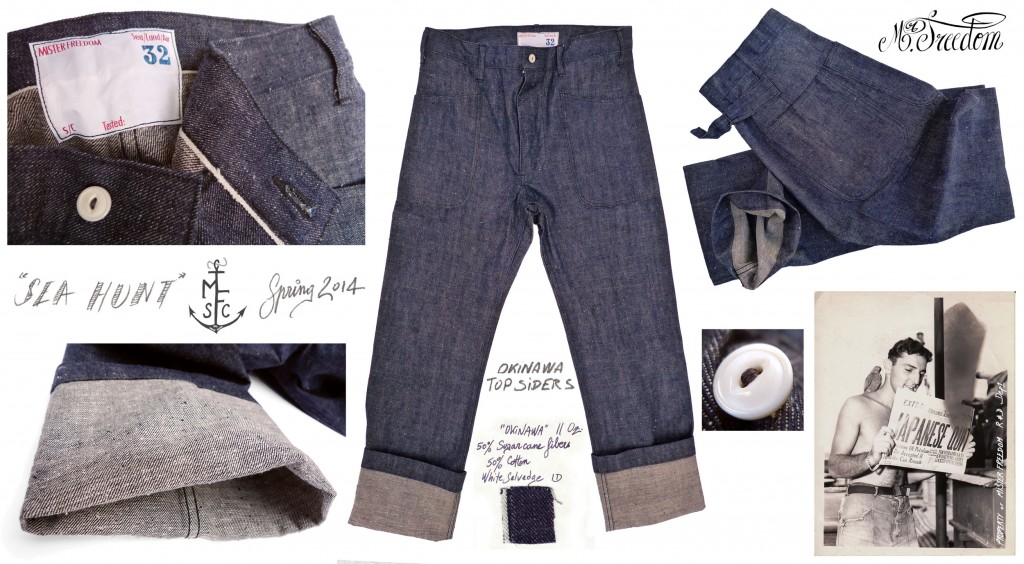
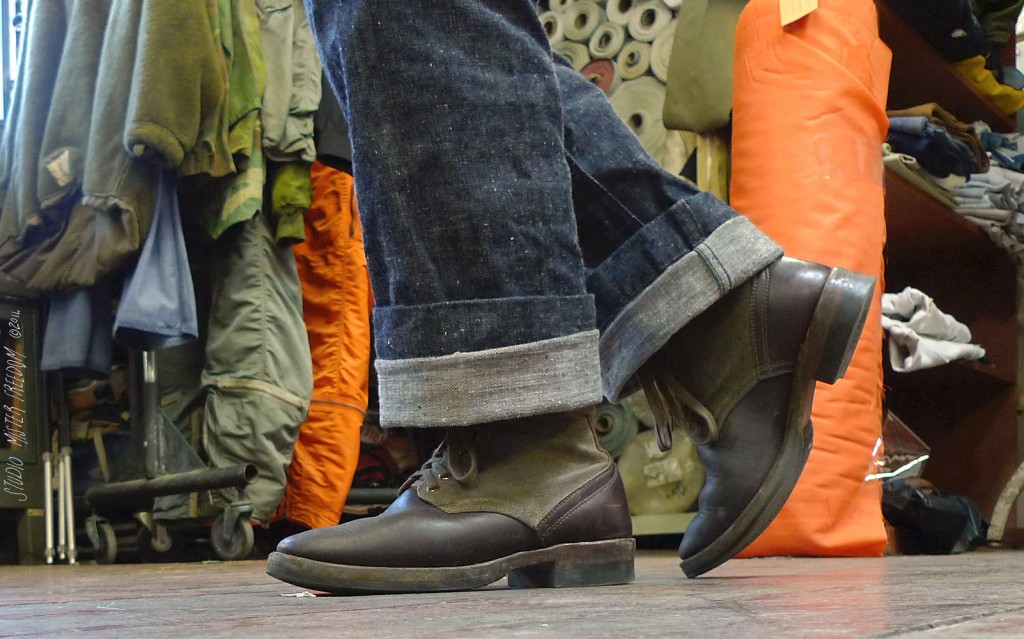
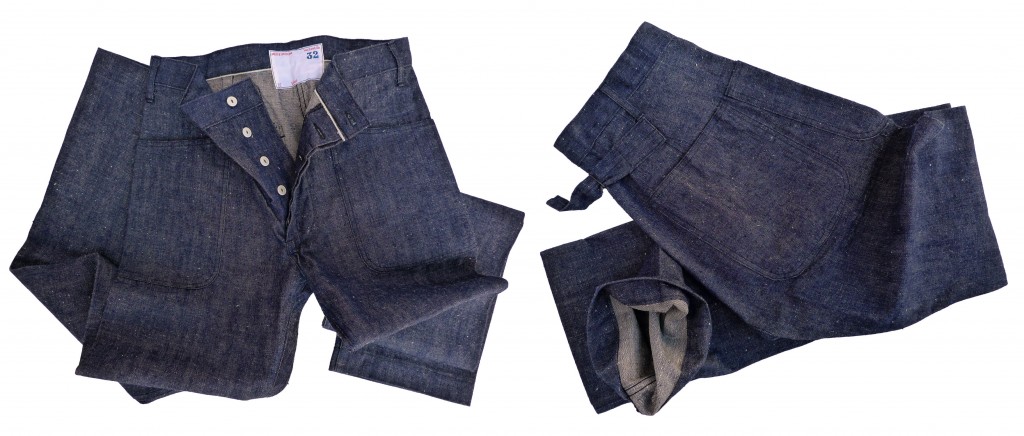
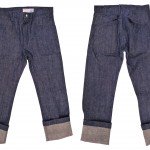
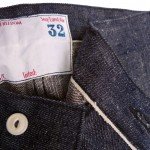
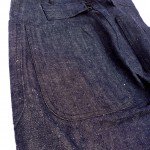
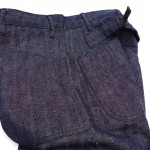
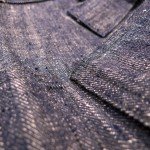
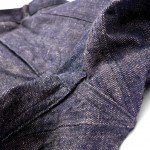
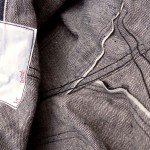
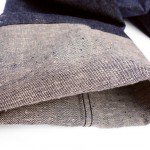
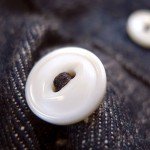
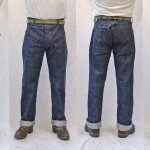
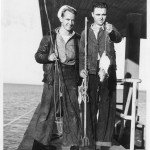
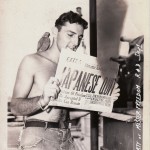
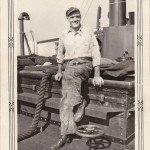
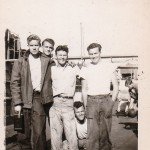
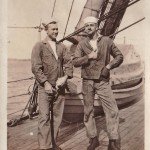
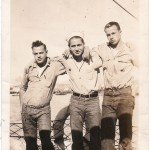
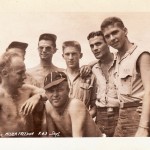
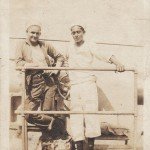
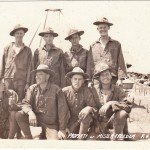
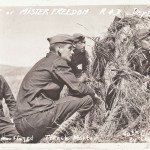
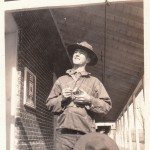
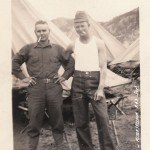
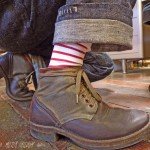
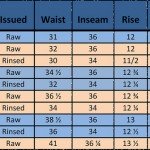
Leave a Reply
You must be logged in to post a comment.